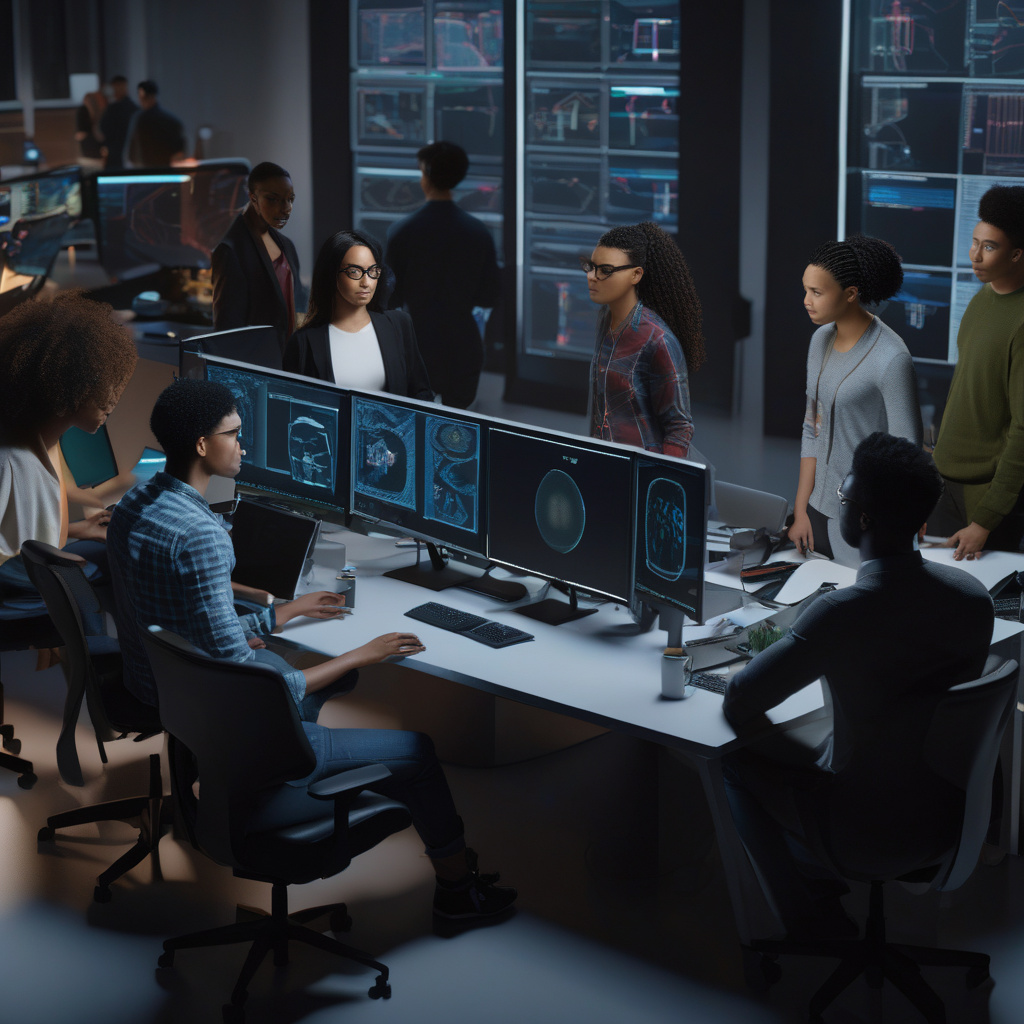In the ever-evolving landscape of software development, the rise of next-generation developers heralds a new era of innovation and efficiency. Armed with AI coding tools that promise enhanced productivity and streamlined processes, these developers are reshaping the industry with their approach to coding. However, amidst the excitement of these advancements, a pressing concern looms large – cybersecurity.
The trend of “vibe coding,” where developers rely on intuitive AI-powered tools to write code quickly and efficiently, has gained significant traction in recent years. While this approach undeniably boosts development speed and agility, it also brings to the forefront a critical issue – the proliferation of insecure code.
AI coding tools, while revolutionizing the way code is generated, often fall short when it comes to prioritizing security. The convenience of vibe coding can inadvertently lead to the creation of vulnerable code that opens up enterprises to a host of cybersecurity risks. What’s more, security teams are struggling to keep pace with the sheer volume of code being produced, exacerbating the problem further.
Imagine a scenario where a developer, eager to meet tight deadlines, relies heavily on AI coding tools to churn out lines of code at breakneck speed. In their quest for efficiency, they may unknowingly introduce vulnerabilities into the codebase, creating entry points for malicious actors to exploit. This scenario is all too real in today’s fast-paced development environment.
As enterprises rush to innovate and deploy software at scale, the issue of insecure code generation becomes a ticking time bomb. The very tools that promise to propel development forward can inadvertently sow the seeds of cybersecurity breaches, putting sensitive data and critical systems at risk. This conundrum poses a significant challenge for both developers and security teams alike, as they navigate the delicate balance between speed and security.
So, what can be done to address this cybersecurity powder keg in the realm of next-gen development? One crucial step is to prioritize security education and awareness among developers. By instilling best practices for secure coding and raising awareness about the implications of insecure code, organizations can empower developers to make informed decisions in their coding process.
Additionally, integrating security tools and practices into the development pipeline is essential to catch vulnerabilities early on and mitigate risks effectively. Automated security testing, code reviews, and penetration testing can help identify and address security flaws before they escalate into full-blown breaches.
Ultimately, the onus is on both developers and enterprises to collaborate closely and prioritize cybersecurity in the age of AI-powered coding tools. By fostering a culture of security awareness and implementing robust security measures, we can harness the potential of next-gen development while safeguarding against cyber threats.
In conclusion, the rise of next-generation developers and AI coding tools presents a double-edged sword for cybersecurity. While these tools offer unparalleled productivity and efficiency, they also introduce security challenges that must be addressed proactively. By striking a balance between innovation and security, we can navigate the cybersecurity powder keg and pave the way for a more secure digital future.

